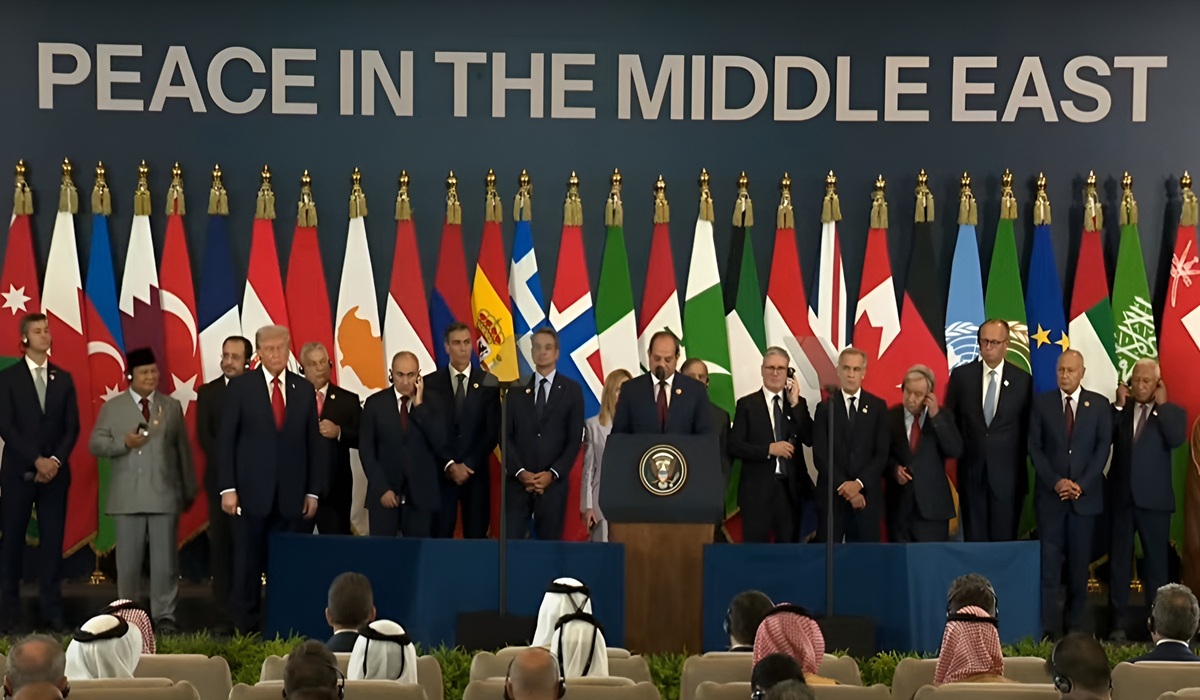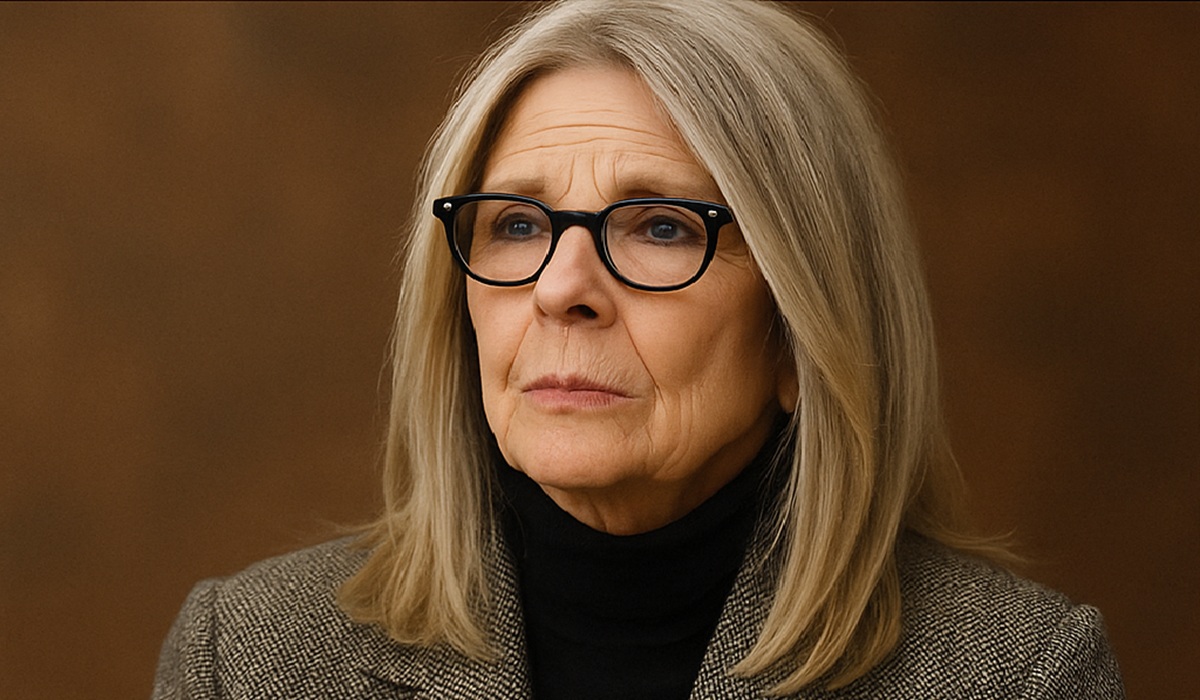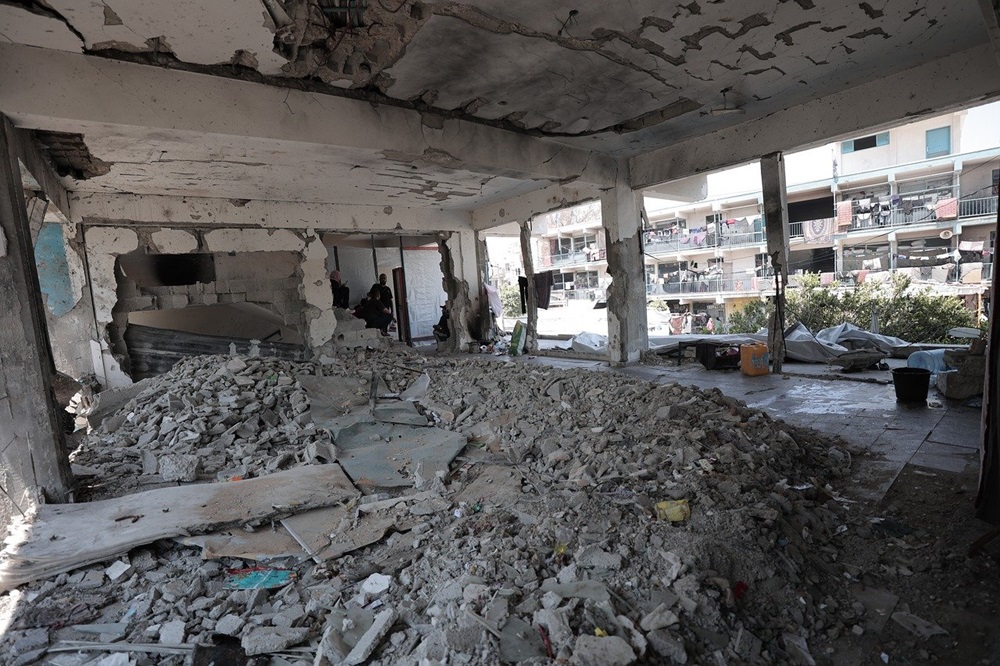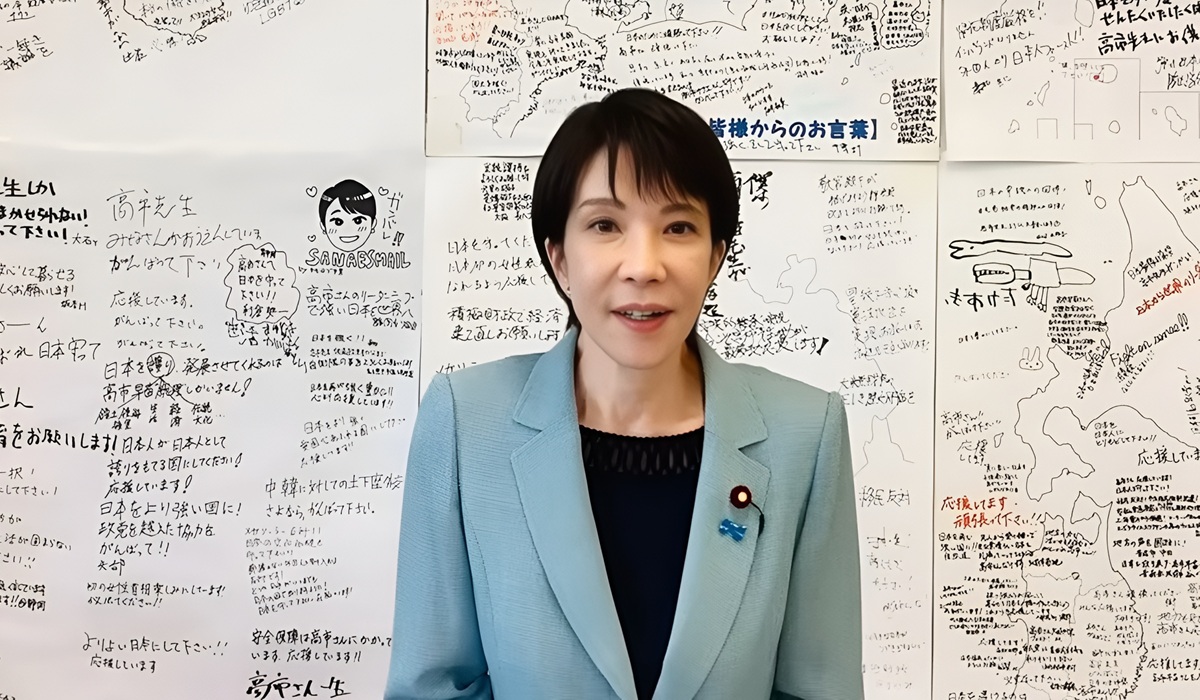Southern Chiefs’ Organization Sparks Downtown Revival with Historic Housing Projects
- TDS News
- Breaking News
- Indigenous
- September 4, 2025

By: Donovan Martin Sr, Editor in Chief
Winnipeg is at the centre of national attention as First Nations leaders gather in Treaty One Territory for the Annual General Assembly. The timing could not be more significant. Bill C-5, which created the Major Projects Office and established the One Canadian Economy Act, has given new tools and pathways to ensure Indigenous-led projects are not lost in red tape but move forward as essential parts of Canada’s economy. For many, Winnipeg is now the prime example of what that means in practice. The Southern Chiefs’ Organization (SCO), under Grand Chief Jerry Daniels, has become a model of what continuity and vision can achieve, particularly when it comes to housing, the most urgent and contentious issue facing First Nations communities across the country.
Right now, there are three major housing projects that are reshaping the conversation in Winnipeg: the redevelopment of the historic Hudson’s Bay Building, the transformation of Portage Place Mall, and the long-anticipated creation of an urban reserve on the Kapyong Barracks lands. Out of these three, two are already well underway, and both are being led by the 32 Chiefs representing more than 87,000 citizens of the Anishinaabe and Dakota Nations. They are not only revitalizing downtown Winnipeg but also setting a national precedent for how Indigenous-led projects can redefine urban development.
The story of the Hudson’s Bay Building captures the weight of this shift. For decades, the massive limestone landmark stood empty, a monument to the decline of downtown Winnipeg and the fading of a colonial-era institution. Few could see a future for it. Yet the Southern Chiefs Organizations did. Renamed Wehwehneh Bahgahkinahgohn, meaning “it is visible” in Anishinaabemowin, the building is being transformed into affordable housing, office space, and cultural facilities. It is more than a construction project—it is the act of reclaiming a structure that once symbolized exclusion and turning it into a centre of inclusion. Jobs are being created for Indigenous and non-Indigenous workers alike, and affordable housing units will help address a crisis that disproportionately affects Indigenous families. The Bay project is a flagship not only because of its scale but because of what it represents: reconciliation through bricks, mortar, and vision.
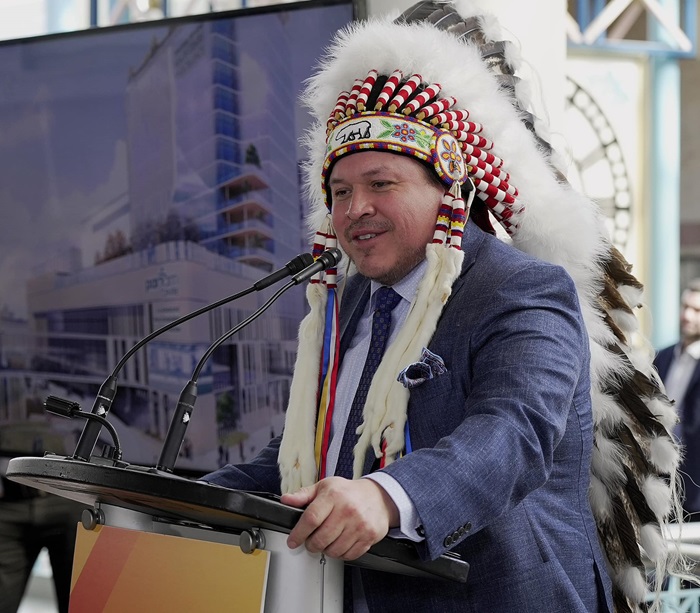
If the Bay represents the reclamation of history, Portage Place Mall is about shaping the future. For years, the mall was a cautionary tale of failed urban renewal. Built in the 1980s, it struggled to attract shoppers, lost tenants, and became synonymous with decline and safety concerns. Now, thanks to a partnership between the SCO, True North Sports and Entertainment, and other stakeholders, it is being reborn as a mixed-use development that will include hundreds of affordable housing units, healthcare facilities, and safe public spaces. This redevelopment, worth hundreds of millions of dollars, places First Nations leadership squarely in the driver’s seat of downtown revitalization. It shows that Indigenous-led initiatives are not peripheral—they are central to Winnipeg’s renewal and to the broader conversation about how Canadian cities can reinvent themselves.
The Kapyong Barracks project is moving more slowly, but its significance cannot be understated. On 160 acres of former military land, Treaty One First Nations are planning one of the largest urban reserves in the country. It will bring new housing, commercial development, and cultural space into a part of Winnipeg where Indigenous communities have long been excluded. While the timelines stretch further into the future, Kapyong holds enormous symbolic power. It is about creating space for Indigenous people in the economic and social heart of the city, not at its margins. Together with the Bay and Portage Place, it completes a vision of housing projects that are not just about shelter but about dignity, inclusion, and economic growth.
Housing is the thread that ties all of these projects together. Across Canada, Indigenous families face some of the worst outcomes in the housing crisis: overcrowding, unsafe homes, unaffordable rents, and systemic barriers to access. Winnipeg, with one of the largest urban Indigenous populations in the country, feels these pressures acutely. By reclaiming central downtown properties and converting them into affordable housing, the SCO is addressing immediate needs while simultaneously revitalizing the economic and social fabric of the city. These are not temporary measures or symbolic gestures. They are transformative projects that bring long-term solutions.
As Grand Chief Jerry Daniels welcomed delegates to Treaty One Territory for the Assembly, he grounded the conversation in reality. “You’re in a territory that right now is experiencing a huge housing crisis, rapidly increasing homelessness within the streets of Winnipeg, the largest urban Indigenous population in Canada, and socio-economic disparities within this region are quite significant,” he said. He underscored that despite years of discussion about closing the gap, the challenges remain pressing: overcrowded homes, shortages of safe water, and the urgent need for affordable housing for elders and families.
Daniels also emphasized that these housing projects connect directly to a broader vision. “We continue to see shortages in safe water, housing, overcrowding, and we need to create more affordable housing for our elders and our families,” he said. He tied the issue to health equity, culturally safe services, and police reform. For Daniels, the message is clear: nation-to-nation relationships and treaty rights must remain at the forefront, especially as Bill C-5 opens the door for major projects. “We need to see progress in recognizing First Nations sovereignty and the right to decline major projects if we do not see the long-term benefit for our nations,” he added. Still, he reminded the Assembly that Winnipeg itself shows what happens when nations do embrace opportunity: “Our crane is in the air, and we’re building housing and partnering downtown.”
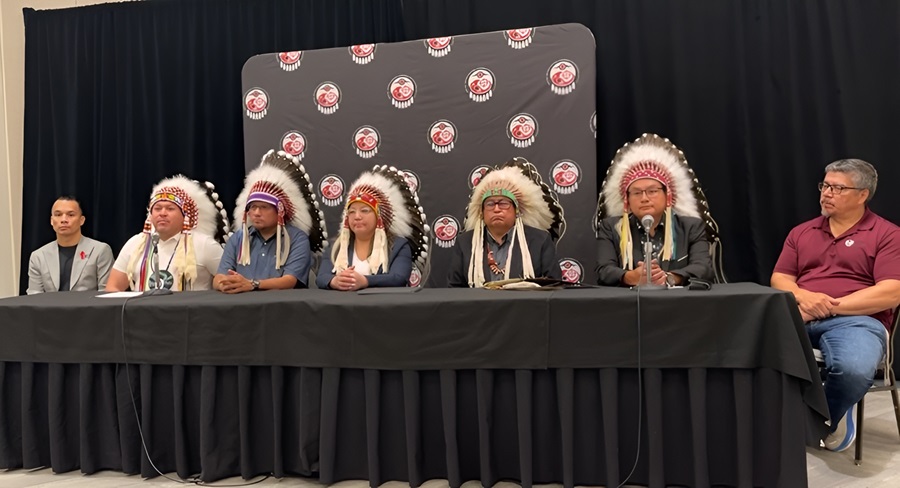
National Chief Cindy Woodhouse Nepinak, who was born and raised in Manitoba, echoed those themes while reflecting on her own journey. Returning home for the Assembly carried special weight for her. She acknowledged the difficulties of leadership in an era when First Nations issues, from systemic racism to searches for missing and murdered Indigenous women, are thrust into the national spotlight. While careful with her words, she pointed to a shift underway. Times are changing, she suggested, and her commitment to strengthening the voices of First Nations remains firm. Being back in Manitoba, she said, underscores the urgency of ensuring that housing, justice, and community safety are not just policy debates, but lived realities for Indigenous families.
What makes these developments possible is not only vision but also legislative support. Bill C-5 changes the framework, ensuring projects of this scale can move forward without endless procedural delays. With the Major Projects Office in place, Indigenous-led infrastructure is treated for what it truly is: core to the health of the national economy. That is why Winnipeg was the right place to host this year’s Assembly of First Nations Annual General Assembly. The city is not only a backdrop; it is an example of the new era of First Nations-led infrastructure development.
Continuity in leadership matters. Too often, big projects are announced with fanfare but never materialize due to shifting priorities or lack of follow-through. Here, the opposite is happening. Plans are becoming reality: the Bay is under construction, and Portage Place is being redeveloped with hundreds of millions in backing. When leadership is steady, vision turns into results.
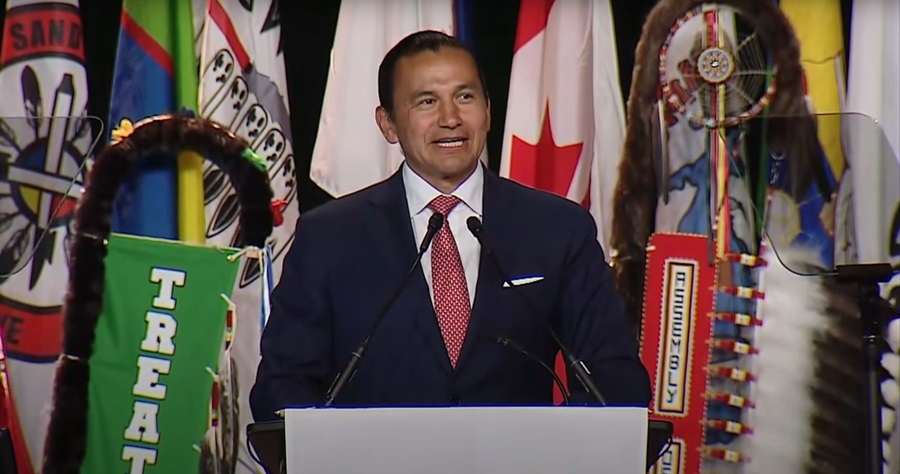
Manitoba Premier Wab Kinew reflected on the profound importance of learning to love those who do not love you, a lesson he carries in his role as Premier. He honoured the many accomplishments of past Chiefs whom the province has lost this year, acknowledging their enduring leadership and dedication. With heartfelt warmth, he extends greetings on behalf of all Manitobans, welcoming the National Chief and all Chiefs gathered on Treaty One territory, recognizing their guidance, vision, and commitment to the communities they serve.
This shift has also changed how these projects are perceived. They are no longer seen as “just” First Nations projects but as vital infrastructure for the city as a whole. They create jobs, attract investment, generate tax revenue, and provide safe housing. They are revitalizing downtown Winnipeg in ways that benefit Indigenous and non-Indigenous residents alike. The SCO’s leadership deserves recognition not simply because it is Indigenous-led, but because it is working.
As the National Chief prepared to address reporters at the Assembly’s press conference, the themes of continuity, housing, and the urgency of Bill C-5 echoed throughout the convention centre. The Bay project, Portage Place, and Kapyong were mentioned not just as construction sites but as test cases for the future of the country. Winnipeg, long seen as a symbol of urban decline, is now the stage for a renewal story that is being written in real time. These aren’t theoretical debates—they are bricks being laid, jobs being created, and families preparing to move into new homes. For many in attendance, this was the clearest signal yet that First Nations leadership is not only reshaping downtown Winnipeg but also charting a course for Canada’s next chapter.


